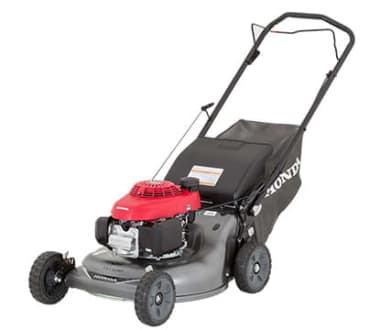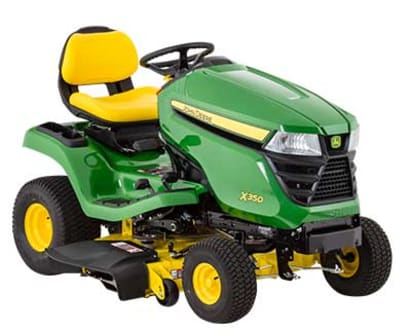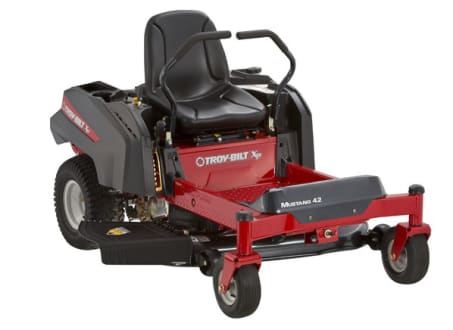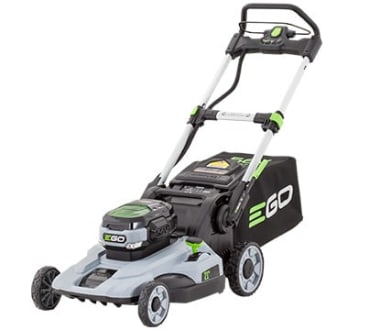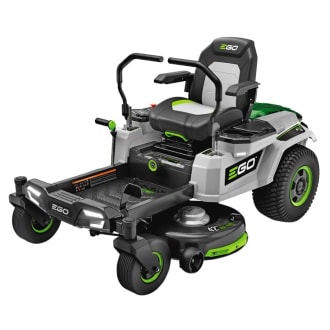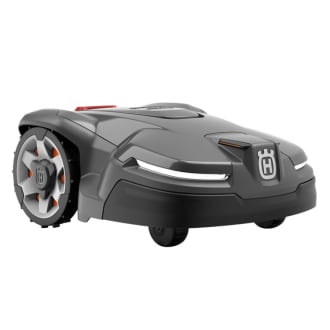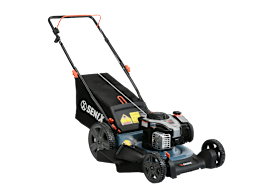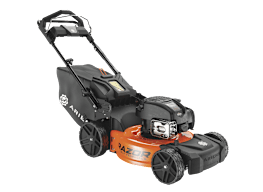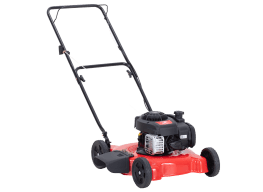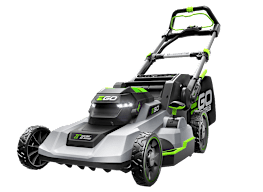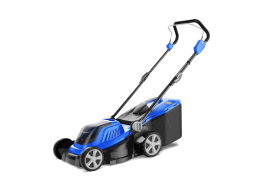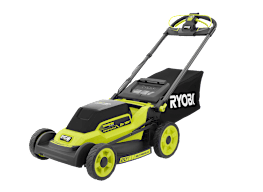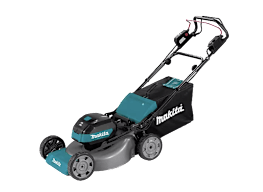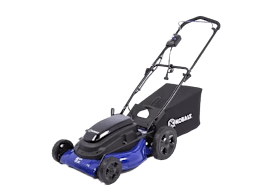Battery riding mowers, which encompass zero-turn designs and some traditional riding mower versions, operate the same as their gas cousins but on cordless electric (battery) power. Their decks range from 42 to 54 inches. CR tests have found that the top-rated battery riding mowers perform as well as—or better than—gas riding mowers and tractors. A small subset of this category, rear-engine riders, bridges the gap between walk-behind mowers and riding mowers, with smaller cutting decks. We have found their cutting to be less effective than that of zero-turn and riding mowers.
Best for: Yards larger than half an acre—and for zero-turn versions, yards without too many hills.
Pros: With no gas engine, these mowers require far less maintenance than gas tractors and riding mowers. You’ll get a quieter ride, save money on fuel, and help the environment by reducing carbon emissions.
Cons: Battery riding mowers can be more expensive than traditional gas tractors and riding mowers. Among zero-turn mowers, however, the price difference between battery and gas versions is shrinking.
Upkeep: As with a gas-powered model, you’ll have to keep the blades sharp and your eye on the tire pressure. But you won’t need to change the spark plugs or motor oil. You’ll need to ensure that the battery remains charged in the off-season and isn’t exposed to temperature extremes to prevent deterioration.

















